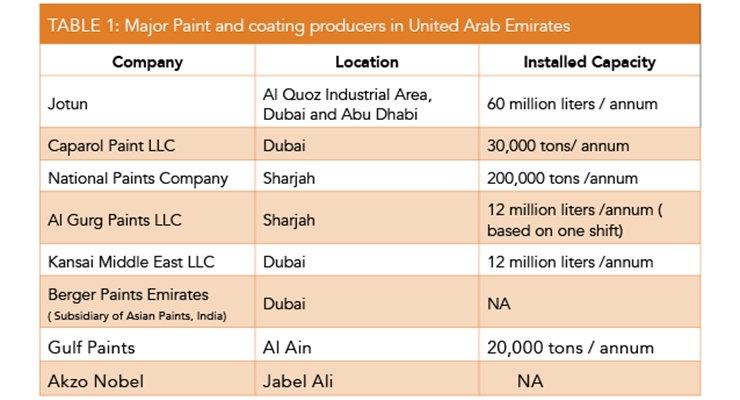Reveal The Tricks To Attaining An Expert End Result In Your External Paint Job By Recognizing The Impact Of Weather Factors
Reveal The Tricks To Attaining An Expert End Result In Your External Paint Job By Recognizing The Impact Of Weather Factors
Blog Article
Author-Dejesus Dowling
Understanding how weather conditions can influence the outcome of an exterior paint endeavor is extremely important for achieving a flawless surface. From temperature fluctuations modifying paint bond to humidity levels influencing drying times, each component of weather plays a considerable duty in the success of your project. Furthermore, wind speed and rainfall can present unforeseen difficulties that might jeopardize the top quality of the result. As we browse with the nuances of weather's influence on exterior painting, it becomes obvious that thorough planning and tactical timing are important for making certain an expert and sturdy end result.
Perfect Temperature Level Array for Painting
When thinking about external paint jobs, the suitable temperature level array plays a critical duty in achieving optimal outcomes. Painting in the ideal temperature conditions guarantees that the paint sticks appropriately to the surface area, dries evenly, and treatments successfully. Generally, the recommended temperature array for exterior painting is in between 50 to 85 levels Fahrenheit.
Paint in temperature levels listed below 50 levels Fahrenheit can result in problems such as bad paint attachment, prolonged drying out times, and an increased possibility of splitting or peeling off.
On the other hand, paint in temperature levels above 85 degrees Fahrenheit can trigger the paint to completely dry as well quickly, resulting in blistering, gurgling, and an uneven surface.
To achieve the best results, it is necessary to examine the weather report before starting an exterior paint task. Preferably, aim to paint throughout moderate climate condition with moderate temperature levels and low humidity levels.
Effects of Humidity on Paint Drying
Moisture levels substantially affect the drying procedure of paint related to exterior surface areas. High moisture can lengthen the drying time of paint, causing potential problems such as dripping, streaking, and even the formation of bubbles on the painted surface area. Excess moisture in the air decreases the dissipation of water from the paint, hindering the curing procedure. https://josuerxgox.mybuzzblog.com/11585107/launch-your-job-by-involving-with-expert-painting-contractors-and-reveal-just-how-their-knowledge-can-transform-your-vision-with-precision-and-class is specifically problematic for water-based paints, as they rely upon evaporation for drying out.
On the other hand, reduced moisture degrees can also affect paint drying. Very completely dry problems might cause the paint to dry too rapidly, causing bad bond and a harsh surface. In such instances, including a paint conditioner or spraying a fine haze of water in the air can assist manage moisture levels and improve the paint outcome.
To make Painting The Whole House White drying problems, it is a good idea to paint when the moisture degrees vary between 40% and 50%.
Tracking humidity levels and taking proper procedures can aid achieve a smooth and durable paint surface on exterior surfaces.
Wind and Rainfall Considerations
Wind rate and rainfall are important variables that substantially affect the success of an outside painting task.
When it pertains to wind, both speed and instructions are crucial factors to consider. High wind rates can trigger paint to completely dry also rapidly, resulting in a subpar do with possible problems like cracking or uneven structure. In addition, wind can carry debris that might comply with the wet paint, bring about imperfections. For that reason, painters should aim to service days with light to moderate winds for optimum painting problems.
On the other hand, rainfall, whether rainfall or snow, can be extremely harmful to the end result of an outside painting task. Wetness from rainfall can prevent paint bond, triggering peeling off and bubbling over time. It is critical to stay clear of painting during wet or snowy weather to make sure the durability and high quality of the paint task. Painters must additionally enable enough time for the surface area to completely dry thoroughly after any precipitation prior to starting or returning to the paint procedure.
How Much Does A Whole House Paint Cost , climate condition play a considerable role in the end result of an exterior paint project. The ideal temperature range, moisture levels, wind speed, and rainfall all add to the success or failing of the paint work.
It is important to take into consideration these aspects and plan accordingly to ensure appropriate paint attachment, drying out times, and total quality of the finished product.
